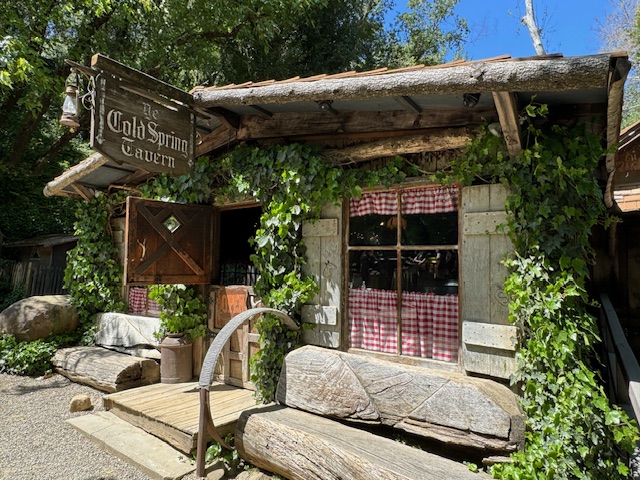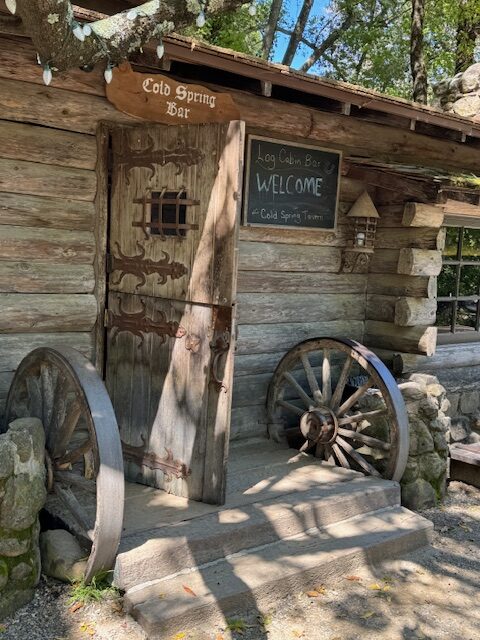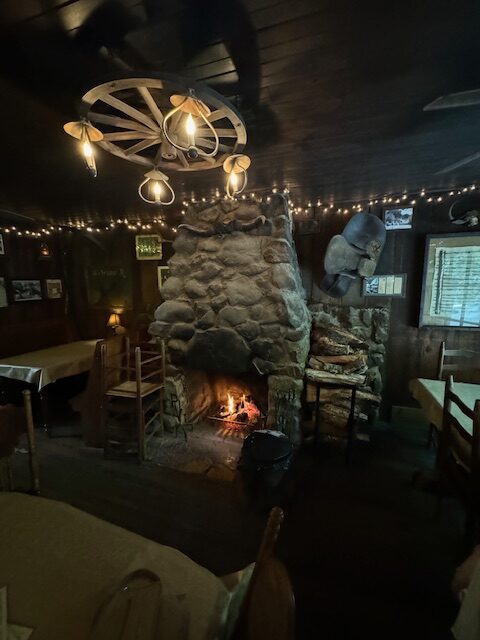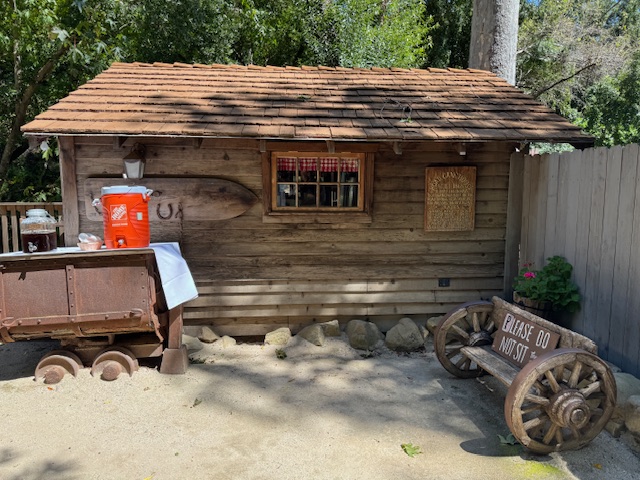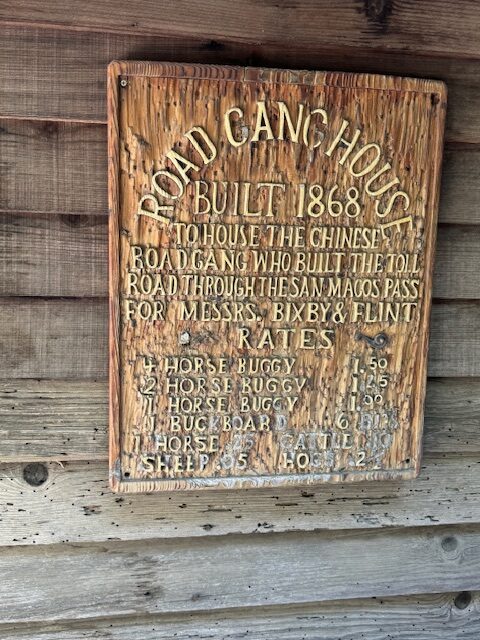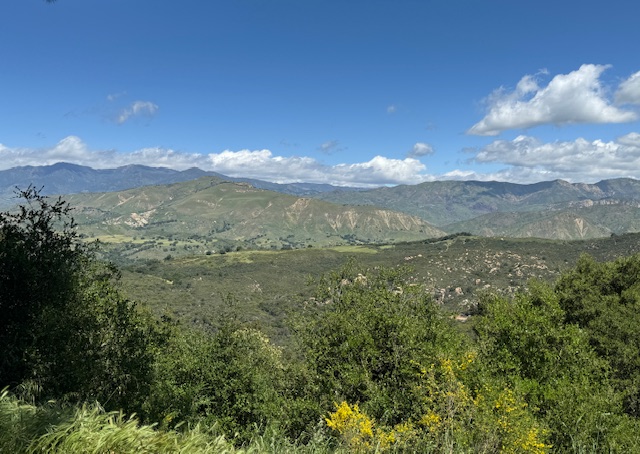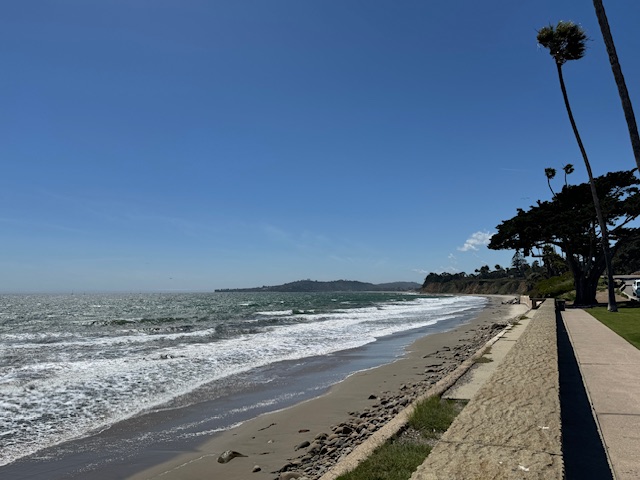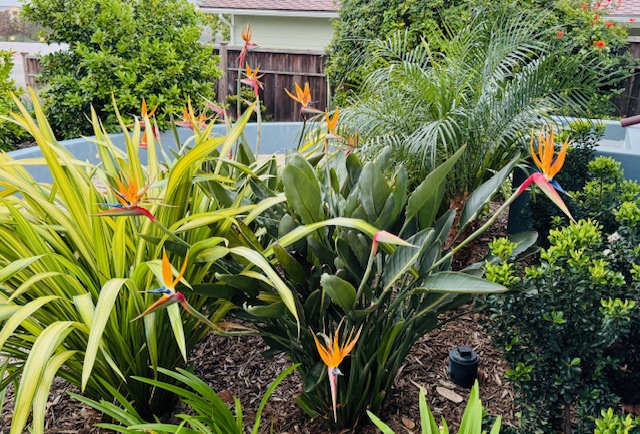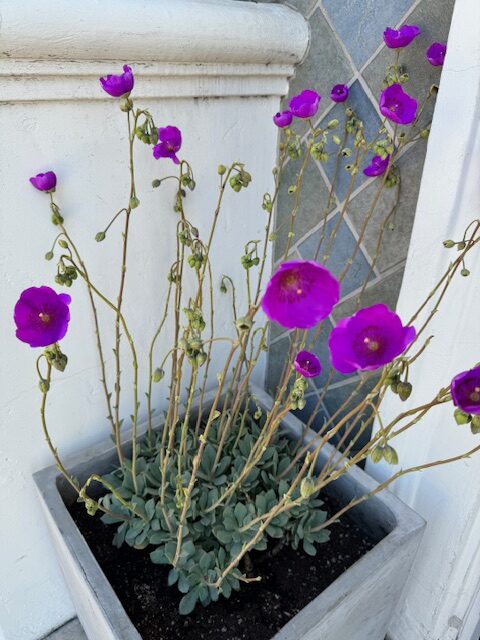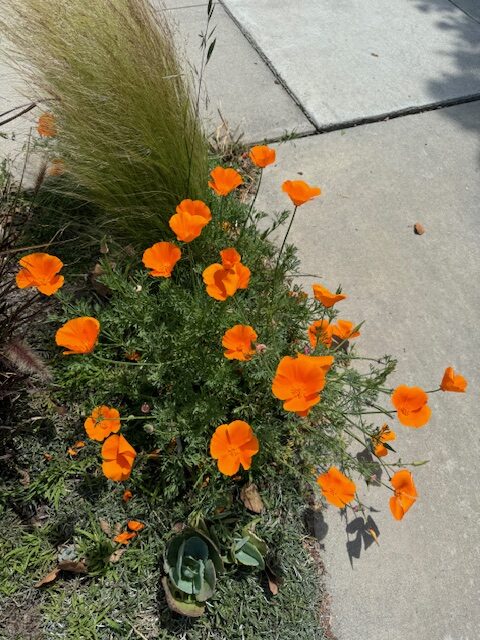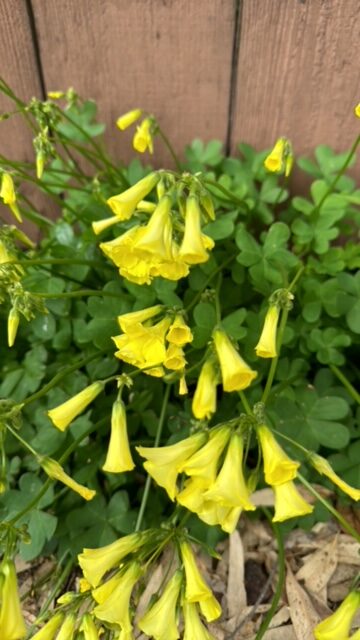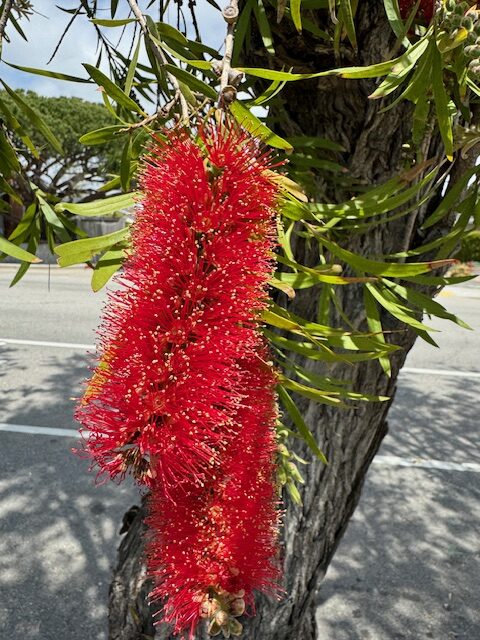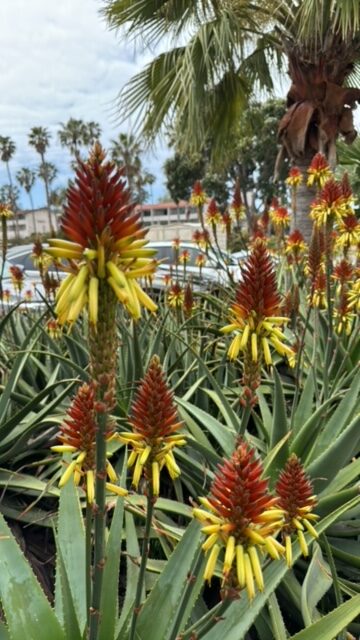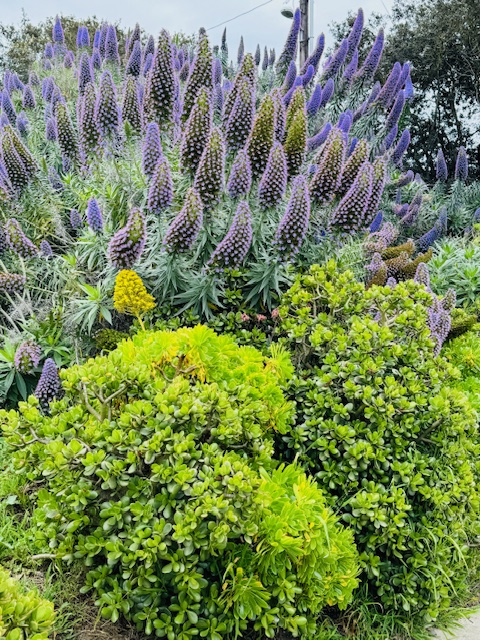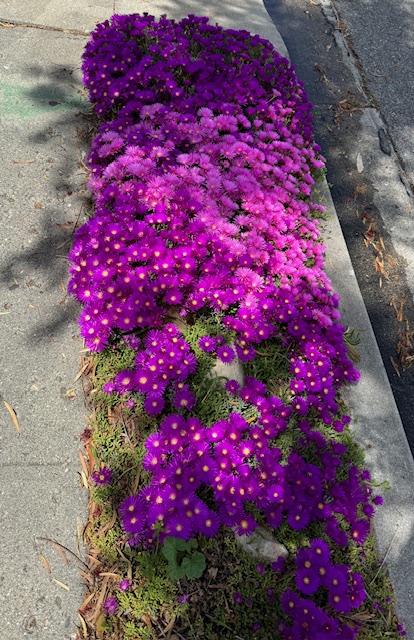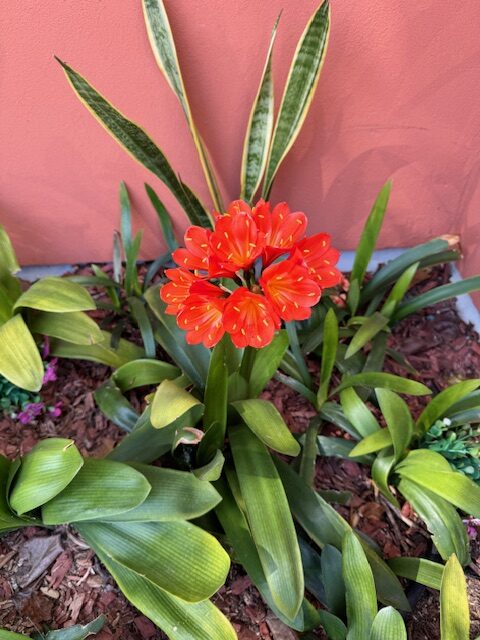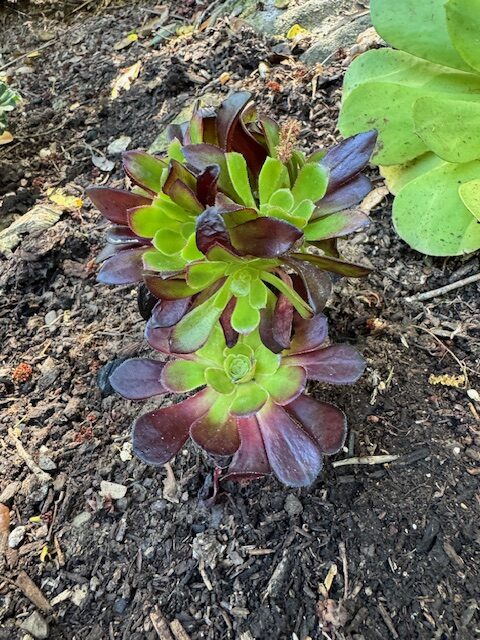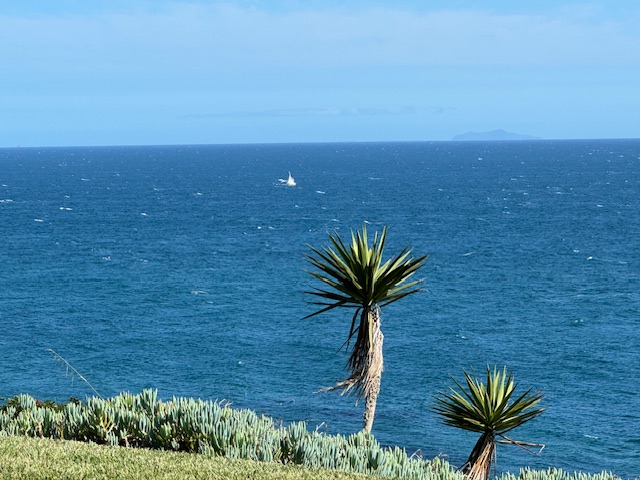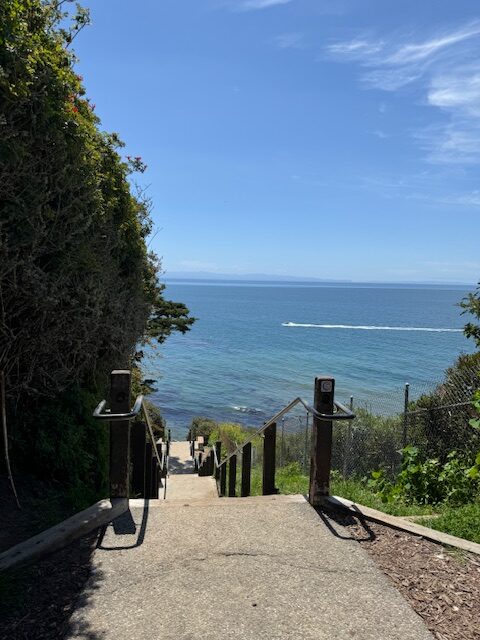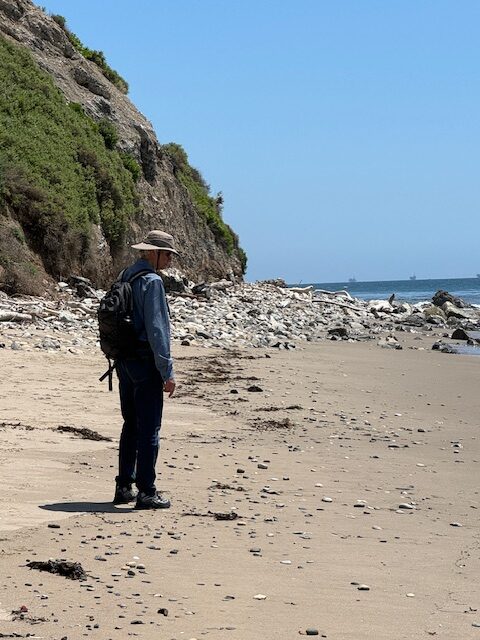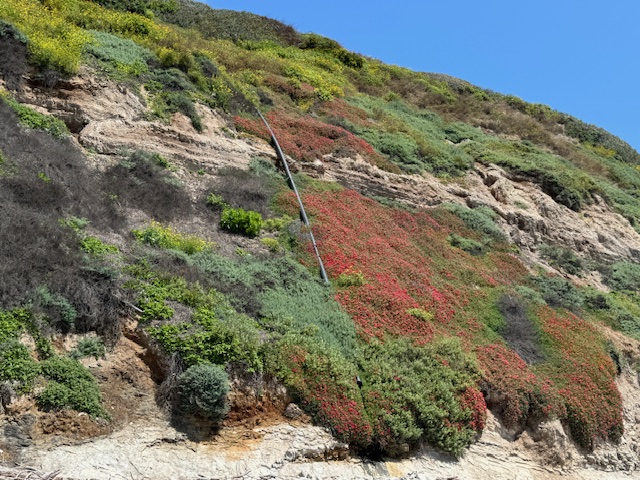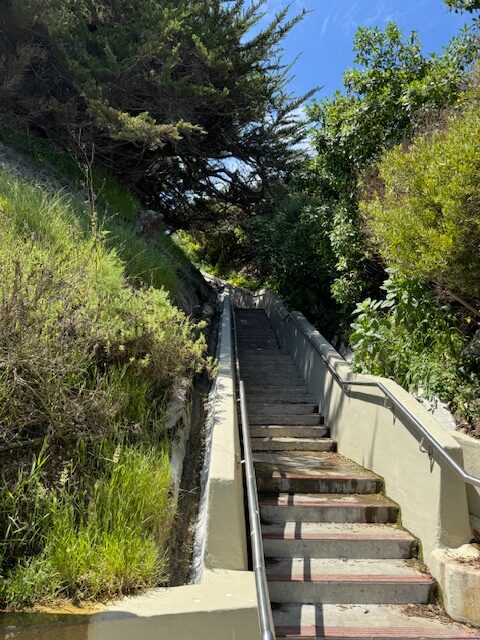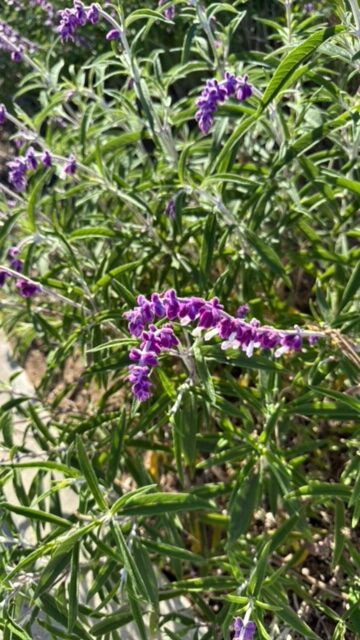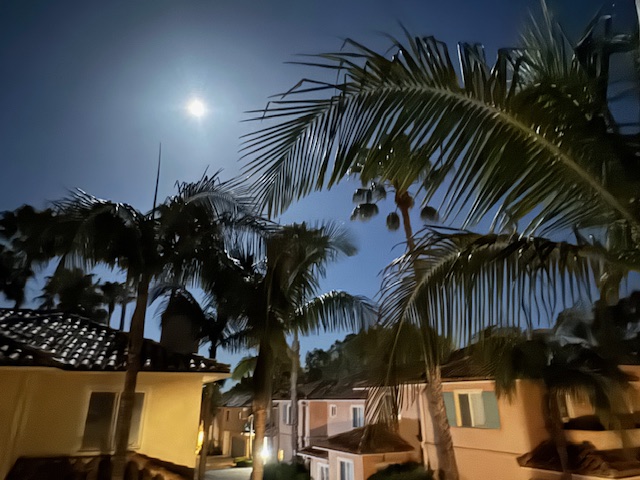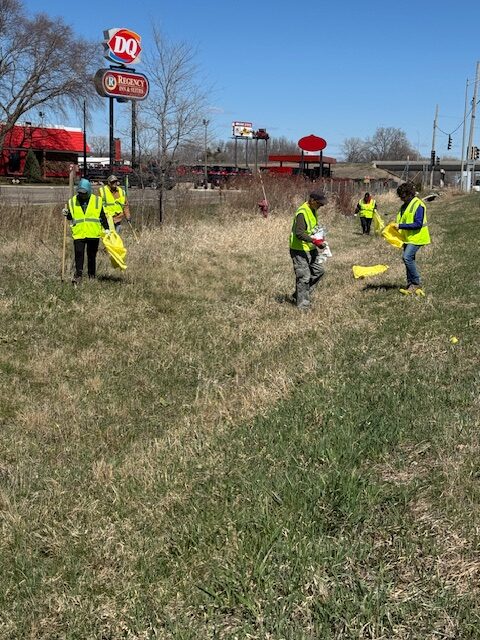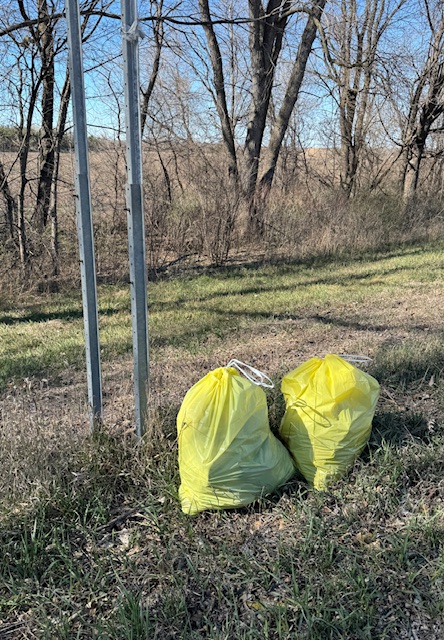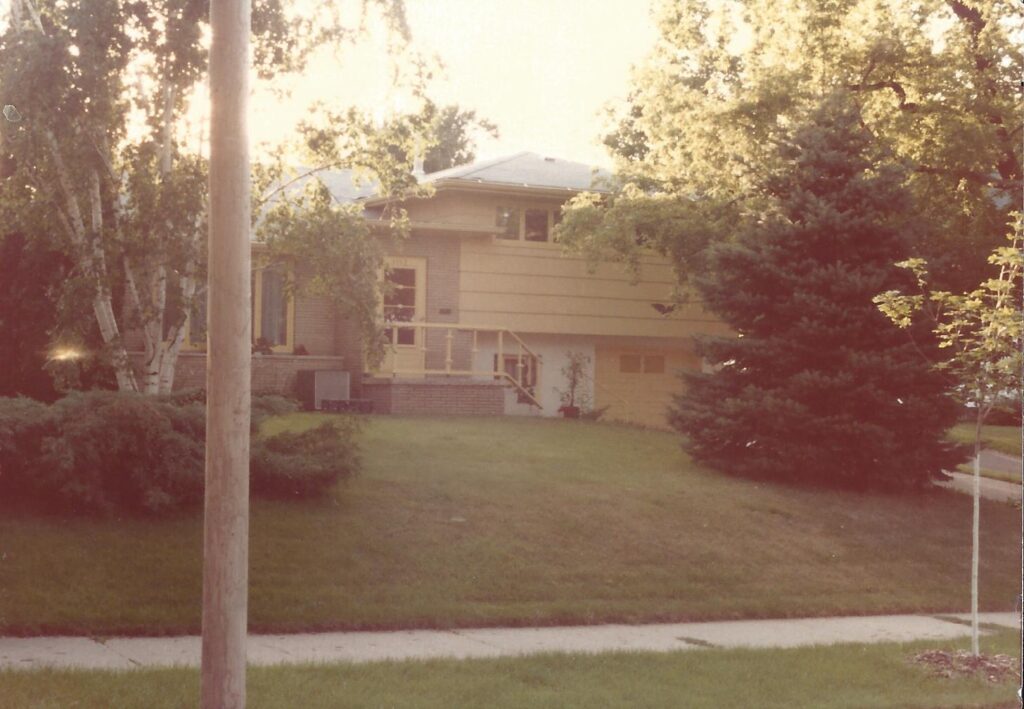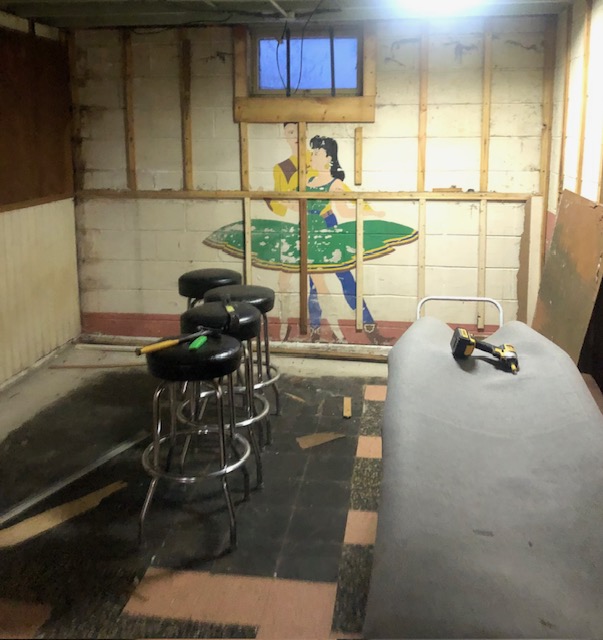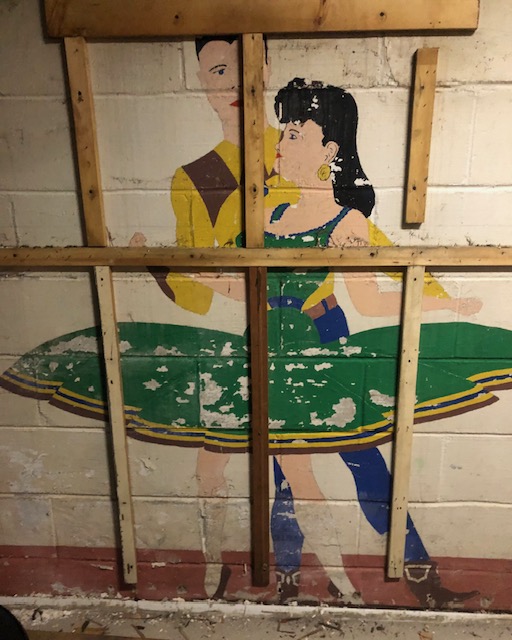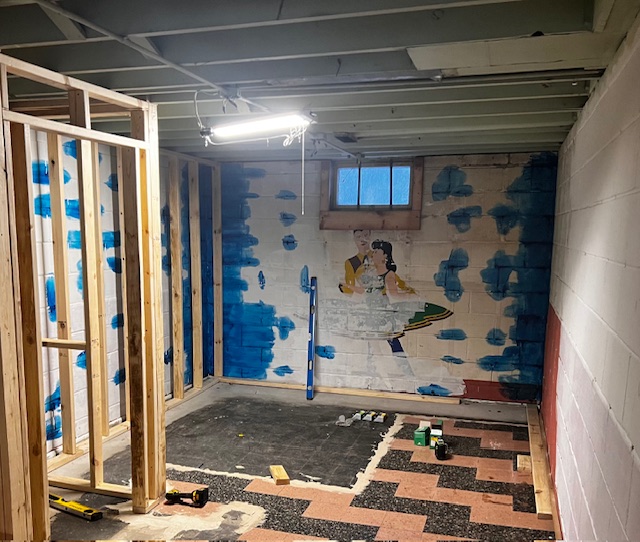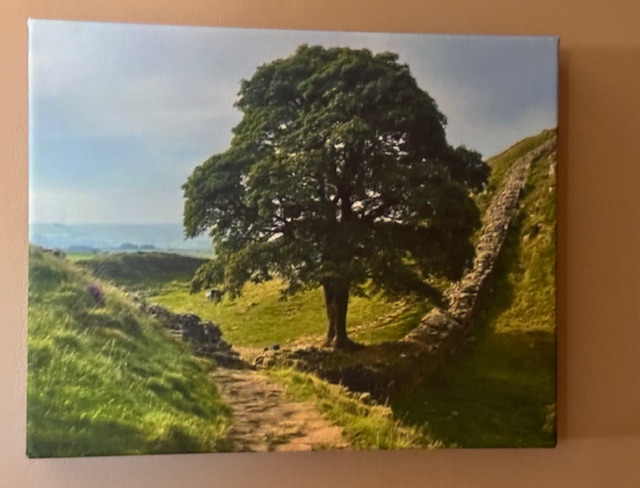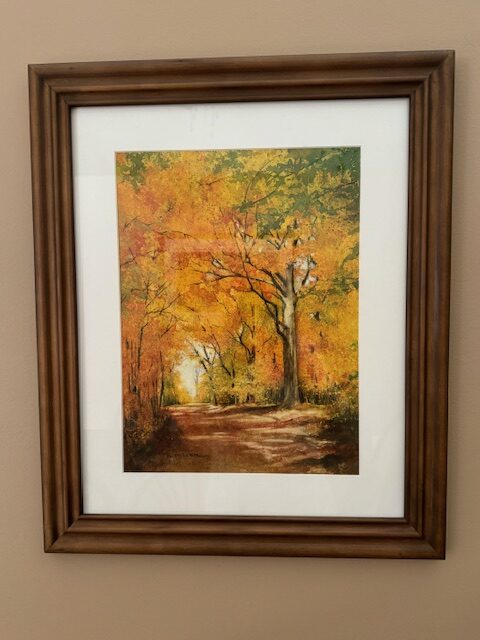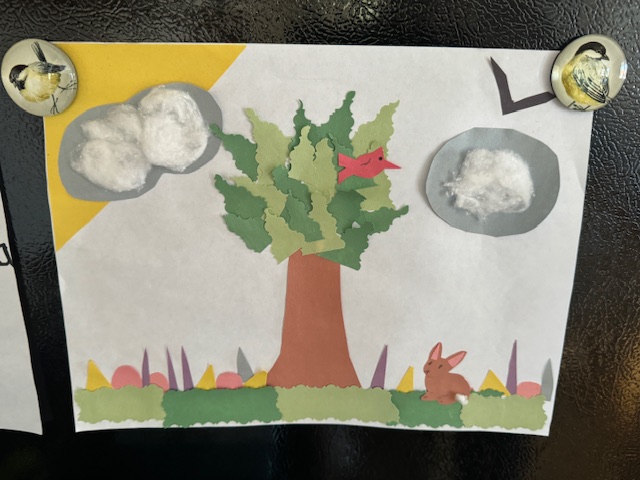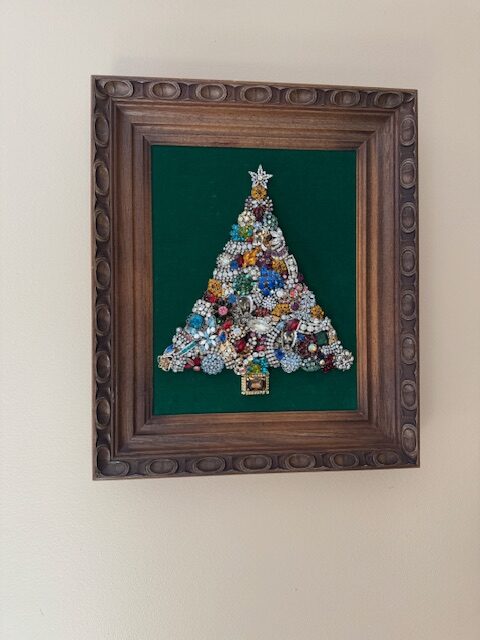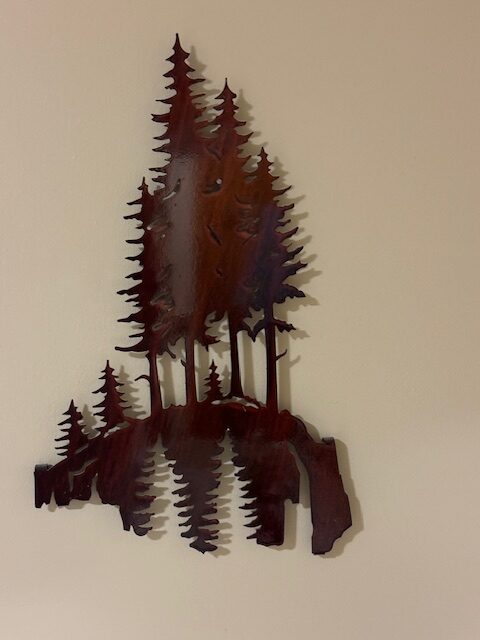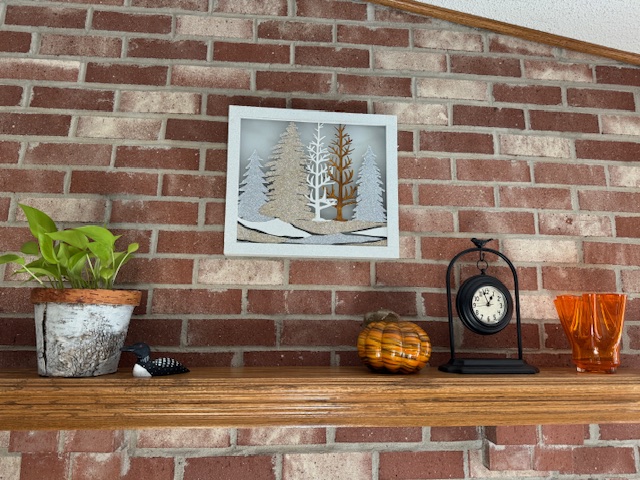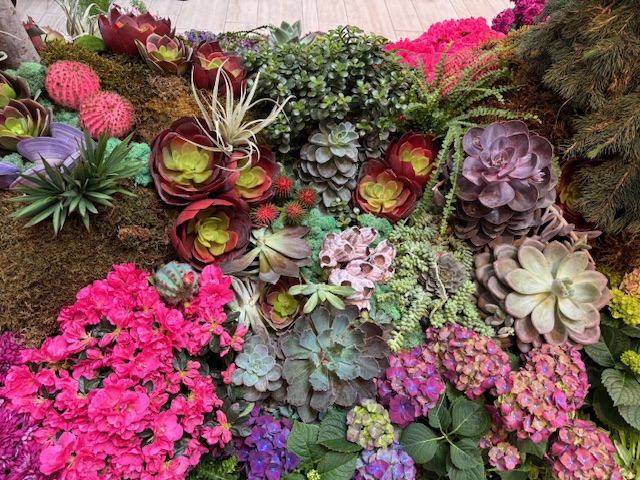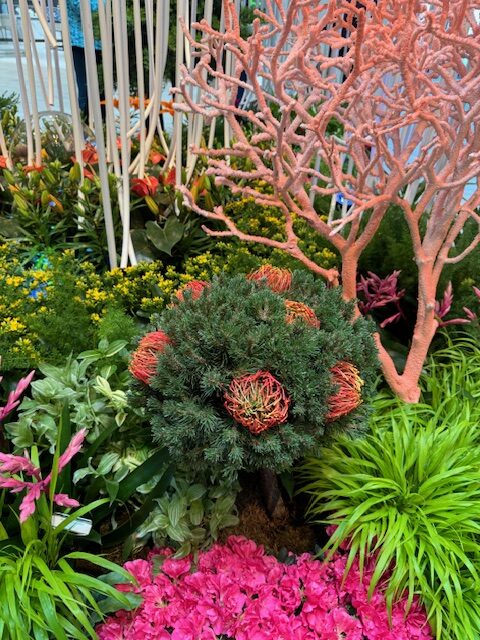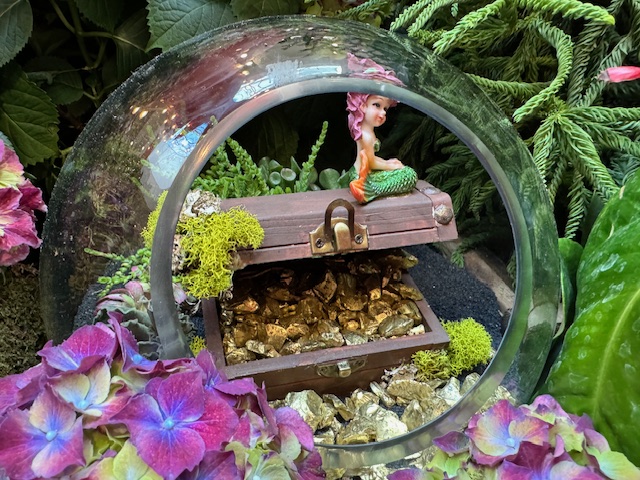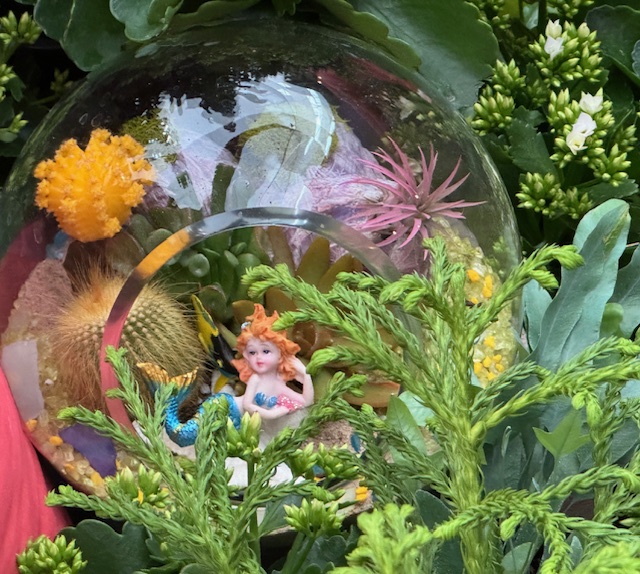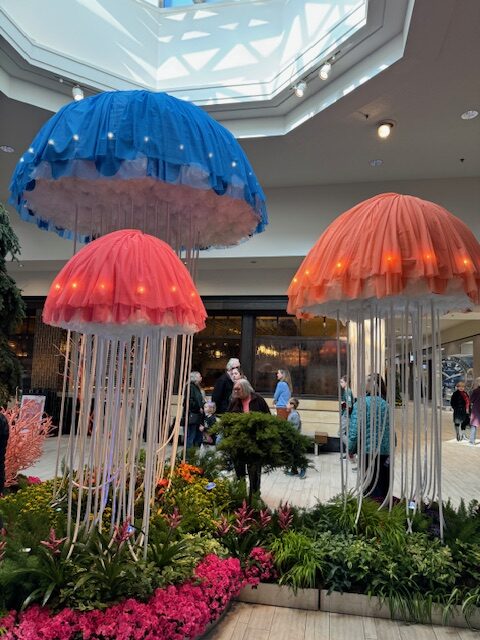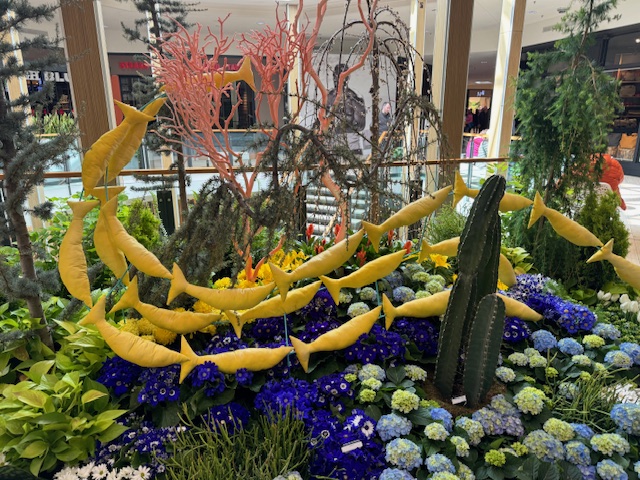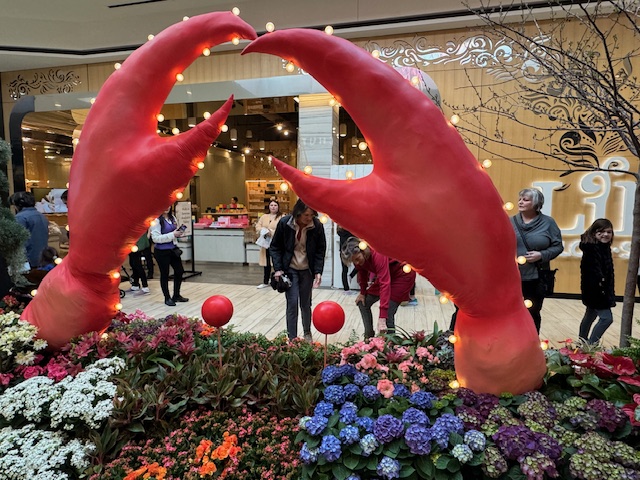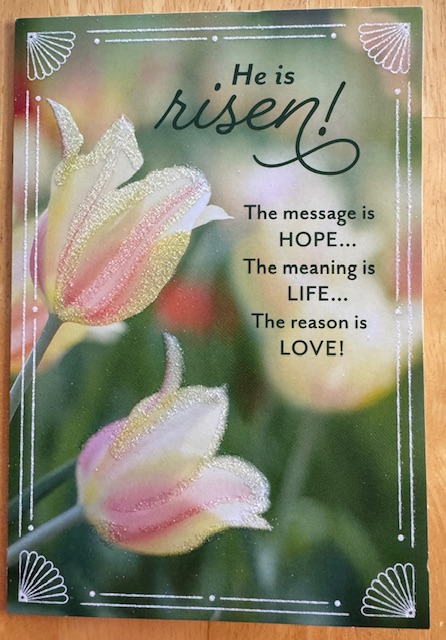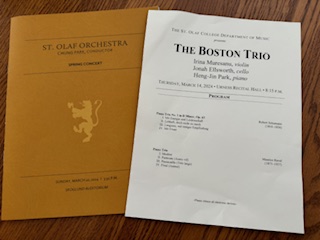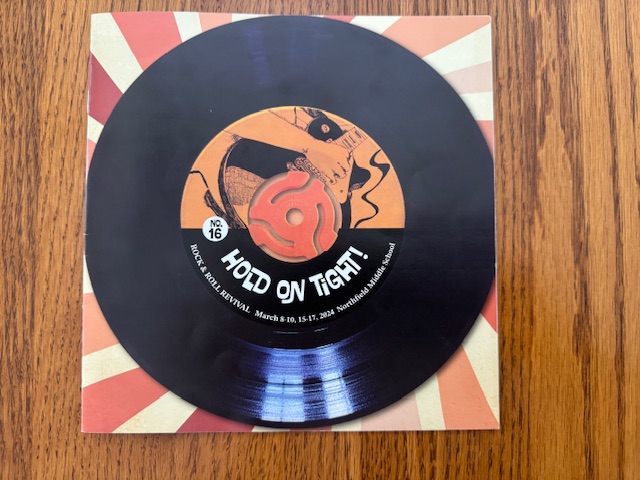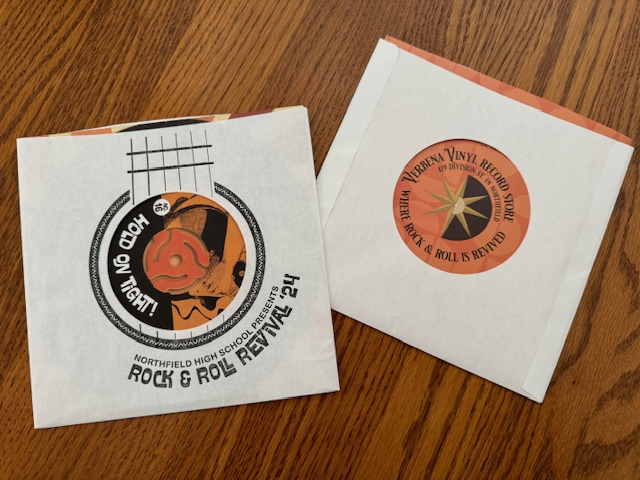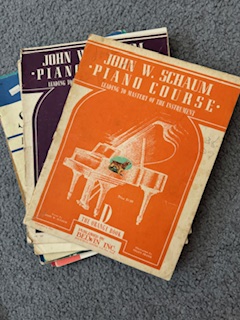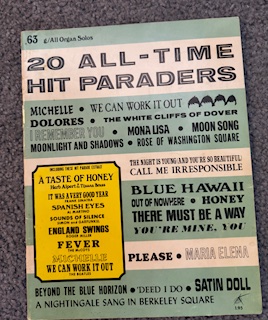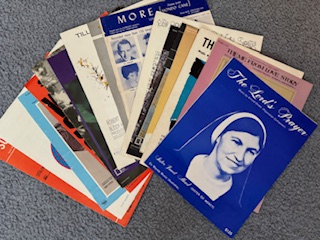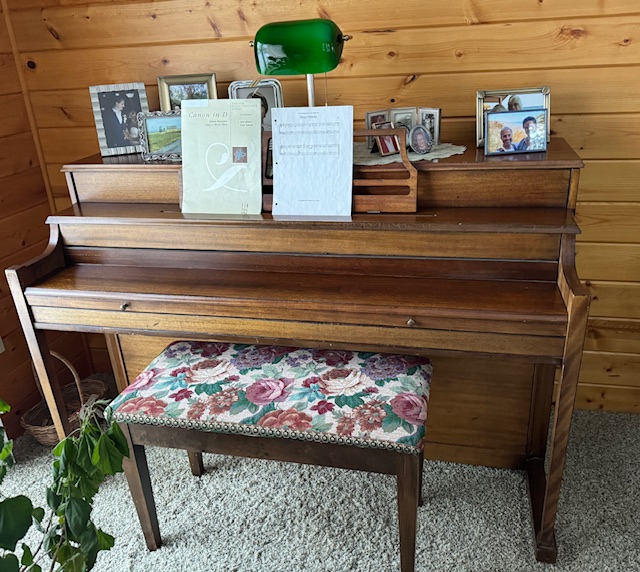Many beautiful happenings are all around lately…to name just a few:
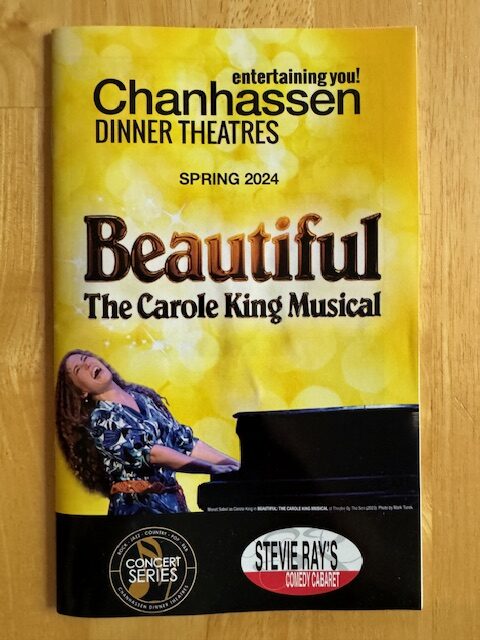
We went to see Beautiful: The Carole King Musical at the Chanhassen Dinner Theatre. It was phenomenal, especially for those of us who grew up with her music. She was a prolific song writer, with over 118 top hits, written or co-written. We had a wonderful time.
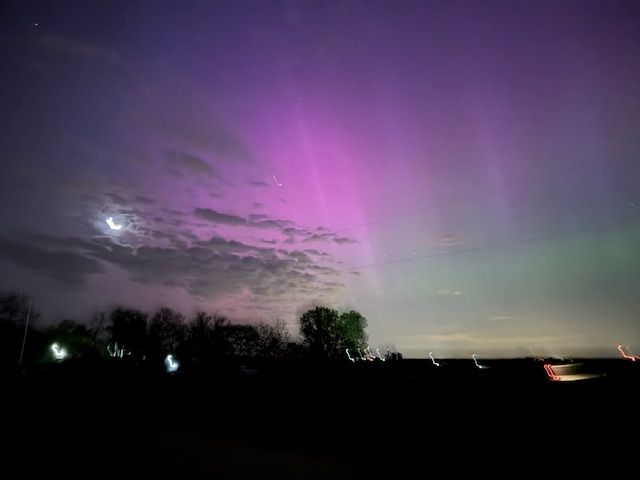
Another beautiful event was seeing the northern lights…

I had told friends if they ever hear of the northern lights in the area to let me know…and one night, last week, she texted and said there was a good chance. I was in my nightgown, but threw on a jacket and shoes, and off I went (Gary was in bed already). I noticed several others out, along the way to my viewing spot. We were all hoping to see the northern lights.
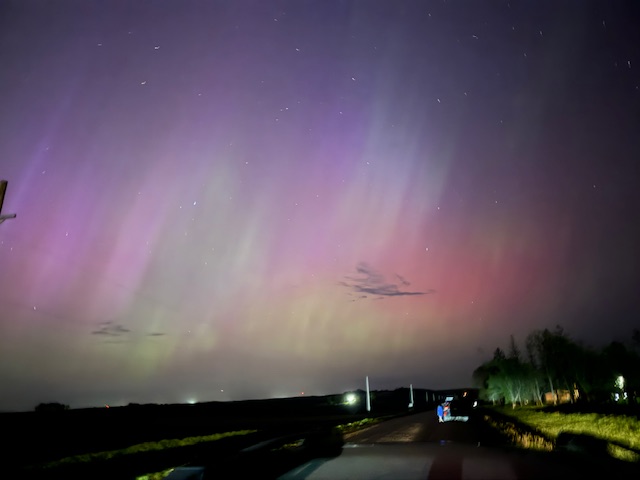
We did, and they were beautiful. Basically there were streaks in the sky with a very faint tint of color, but when you took a picture the colors popped.

Blooming spring trees are blossoming all over town. I noticed, in our very own crabapple tree, there is a robin’s nest with three “robin-blue” eggs in it.
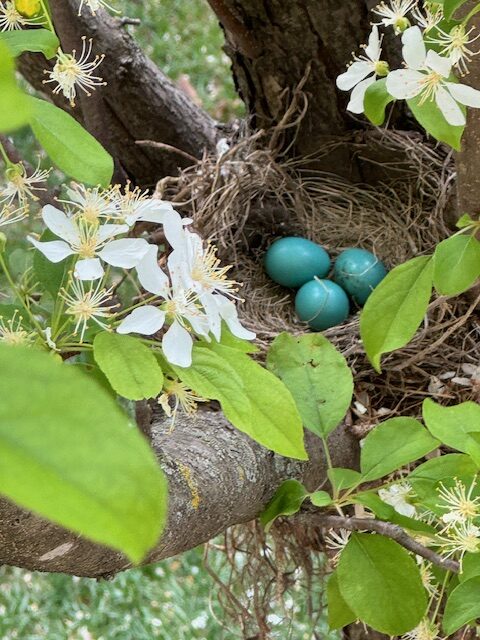

I say good morning to mama, every morning, and greet her several times during the day, as she sits in her nest in the tree right outside our bedroom window. It is a beautiful sight.
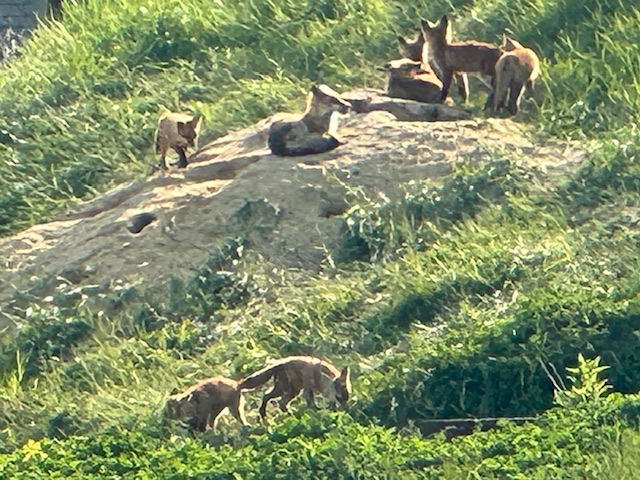
There is a family of foxes in our neighborhood…two adults and 8 pups. I’ve seen 8 of the 10 foxes. It’s a short and easy walk to go watch these playful and beautiful creatures, so I try and go see them often.

A farm scene in spring, with red barn and cattle and blue skies and spring greens is always beautiful.
So grateful for beauty that abounds.
